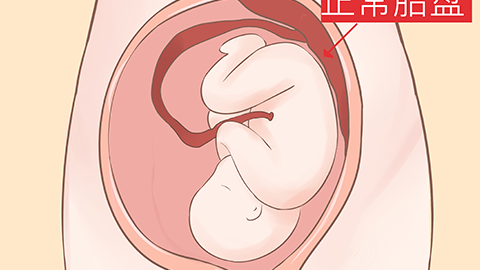Effective contraceptive measures can prevent placenta previa.
Generally speaking, effective contraceptive measures can partially prevent placenta previa, but cannot completely prevent it. The detailed analysis is as follows:

Placenta previa is a pregnancy complication characterized by the placenta being located in the lower segment of the uterus, sometimes even covering the cervix, which may cause bleeding during pregnancy and risks during delivery. Effective contraception can indirectly reduce the risk of placenta previa by decreasing the number of unnecessary pregnancies and thus reducing the chance of endometrial damage. Additionally, appropriate intervals between pregnancies help the uterus fully recover and reduce the likelihood of abnormal endometrium, thereby potentially lowering the incidence of placenta previa.
However, the development of placenta previa may also be related to placental abnormalities such as an overly large placenta or abnormal morphology, as well as delayed development of the fertilized egg's trophoblast. Even with effective contraceptive measures in place, placenta previa cannot be completely prevented.
It is recommended to maintain safety during pregnancy, avoid abdominal trauma, and prevent accidents such as falls. At the same time, follow medical advice for regular prenatal checkups to monitor the position and development of the placenta promptly.




